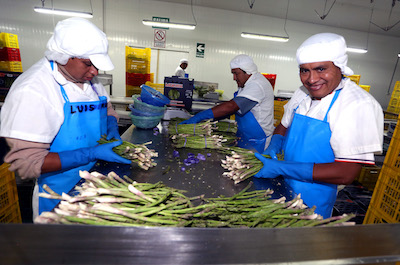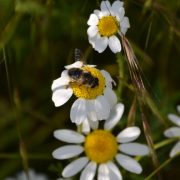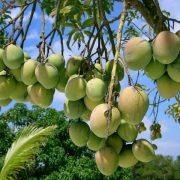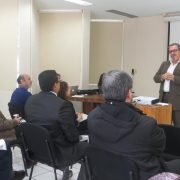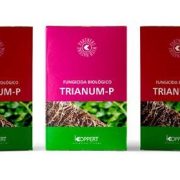Peru exports fresh asparagus and blueberries to the US without fumigation requirement
From May 10th, 2016, Peru can now exports to the United States asparagus and fresh blueberries without the requirement fumigation required for these crops, as a result of the meetings held by the Minister of Agriculture and Irrigation of Peru, Juan Manuel Benites with undersecretary of Agriculture of this country, Ed Avalos. It has also been managed the access to the US market, with 320 million consumers, of new products such as tomato, cherimoya and aguaymanto.
Regarding the case of asparagus, undersecretary Ed Avalos announced that in the coming weeks APHIS (Inspection Service Animal and Plant Health of USA) will publish the Advance Notice that facilitates the export of asparagus from the Peru without spraying. The measure will let increase up to 30 and 40 million dollars per year and 100 million dollars for three years, sales of asparagus to US market.
This regulatory change has been the result of years of hard work and coordination between the National Service of Agrarian Health (SENASA) and APHIS, which enabled the US Health Agency to re-evaluate the risk of the presence of the corruda Copitarsia, insect found in Peruvian aspharagus, and make flexible access to these products, opening the way for export without mandatory fumigation.
As reported by the Minister Benites Ramos, since 2001 is mandatory in the US fumigation with methyl bromide to all shipments of Peruvian fresh asparagus that arrives to their ports, upon detection of known insect (moth) in shipments of that product. “Since 2001, we have exported nearly one million 200 thousand tons of asparagus, but have spent more than $ 70 million in fumigation. This added to the impact on product quality and lower option shelf life, affects the competitiveness of our exports of asparagus compared to the productions of other countries, he expressed.
Nevertheless, the export of Peruvian asparagus has been experiencing annual growth of 7.5%, generating more than 60,000 direct jobs.”Currently Peru exports asparagus to the US for 250 million dollars worth and I hope that the new regulatory framework lets this sector being more competitive in relation to other producing countries”, said the minister.
The Ministry of Agriculture and Irrigation of Peru (MINAGRI) has insisted producers, collectors, processors and exporters must meet the operational plans and measures established by the SENASA, if they want to benefit from this new alternative to export their productions asparagus, since failure to do so will continue to have to fumigate their product in the US
For its part, the president of the Peruvian Institute of Asparagus, Marco Barreto, praised the work of the Peruvian government to achieve elimination of phytosanitary barriers in the US access to new agricultural items. “Asparagus in Peru is an important crop and there are more than 26 thousand hectares in full production and around 1,850 farmers who have in the US its main market of buyers. Now all they will have in the short term the possibility of accessing it, “he said.
Blueberry exports
Regarding the situation of blueberries, Benites minister has reported the formation of a technical group of work between SENASA-APHIS, created to analyze the various measures to facilitate trade between the two countries blueberry. This working group, composed of staff of SENASA and APHIS, establish an agenda of issues with deadlines for access blueberries, a crop produced in the desert, on the Peruvian coast.
Benites recalled that this crop is, for seven years, between big agricultural exports from Peru, with forecasts for this year of more than 25,000 tons worth over 200 million dollars.
Finally, the minister informed the Secretary of Agriculture of the US listing of Peruvian agricultural items pending access to the US market, which requires authorities SENASA and APHIS to accelerate talks for short-term results. Benites cited as potential new products that market access aguaymanto, tomato, cherimoya, prickly pear, passion fruit, raspberry and also referred to the improvement in income citrus (cold quarantine treatment with higher temperature).
Source: MINAGRI




